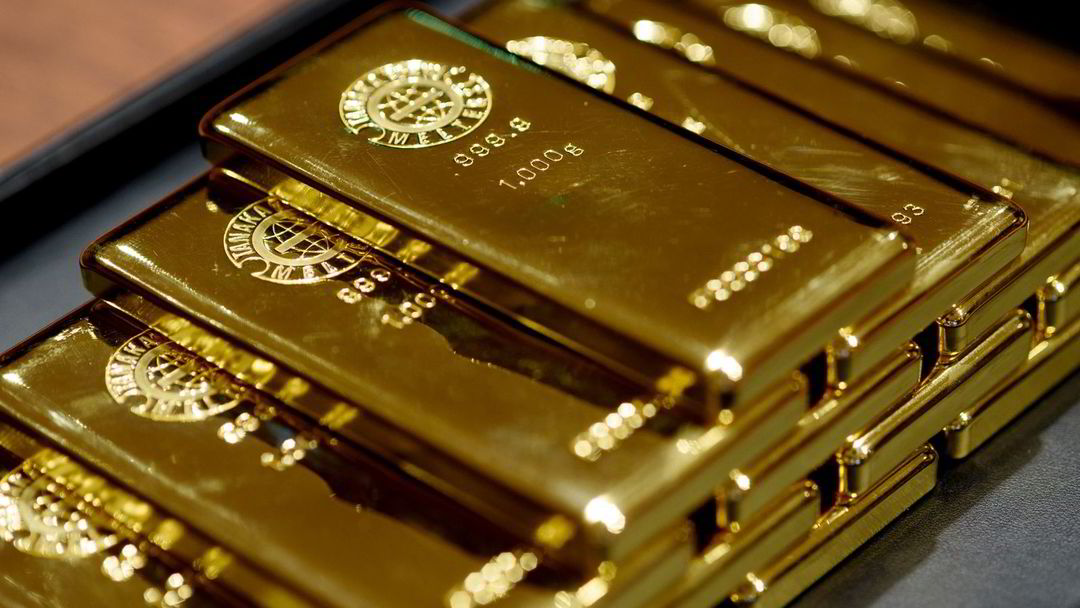–
With a fall of 7.1 percent last month, June became the gold month’s worst month since November 2016.
This happened in the wake of the US Federal Reserve reporting, among other things continuation of current quantitative easing forwards.
From last year’s record highs at more than 2000 US dollars per ounce, the gold price is thus down to 1786 dollars today. According to Bjarne Schieldrop, commodity analyst at SEB, the decline is not as dramatic as it may seem.
– We are still at almost 1800 dollars, while in 2018 we were at about 1250. Look at the last time the gold price was really high, back in 2011 and 2012, when we had 1800-1900 dollars as the top. Now we are at 1783. The gold price has fallen back, but we still have a very high price.
– The market expects the central banks, especially the United States, which controls the dollar and the gold price in dollar terms, to continue to buy government bonds and push up the price of the bonds. If they keep the nominal interest rate fairly stable, at the same time as inflation expectations increase, this combination will mean a lower real interest rate on bonds. This is positive for the gold price.
Strong connection
Gold is often referred to as a “safe haven” during periods of great volatility and uncertainty. The analyst explains that this is closely related to the alternative return of holding ten-year government bonds in the US.
–
– Gold actually has a negative return because you have to pay stock costs. This means that gold has a negative real interest rate. For gold to be attractive, the real interest rate on ten-year government bonds must therefore be more negative than the real interest rate on gold. Then you rather move the money from government bonds to gold. This creates an incredibly strong linear relationship between the ten-year real interest rate and the gold price.
Normalization results in lower gold prices
Although the delta variant of the coronavirus causes headaches in large parts of the world, is the streets are once again filled with life in US states such as New York and New Jersey. Schieldrop believes the reopening of society is one of the reasons behind the fluctuations in the gold price.
– After all, the world is much better in Europe and the USA now than it was half a year ago. We get vaccines out, we can open up, and we normalize. There is no doubt that things look better now. Therefore, real interest rates go up somewhat, and then we are not so hip about having gold because real interest rates are better.
As long as the central banks maintain the quantitative easing and continue to print money, the analyst is not worried about the future prospects of the precious metal.
